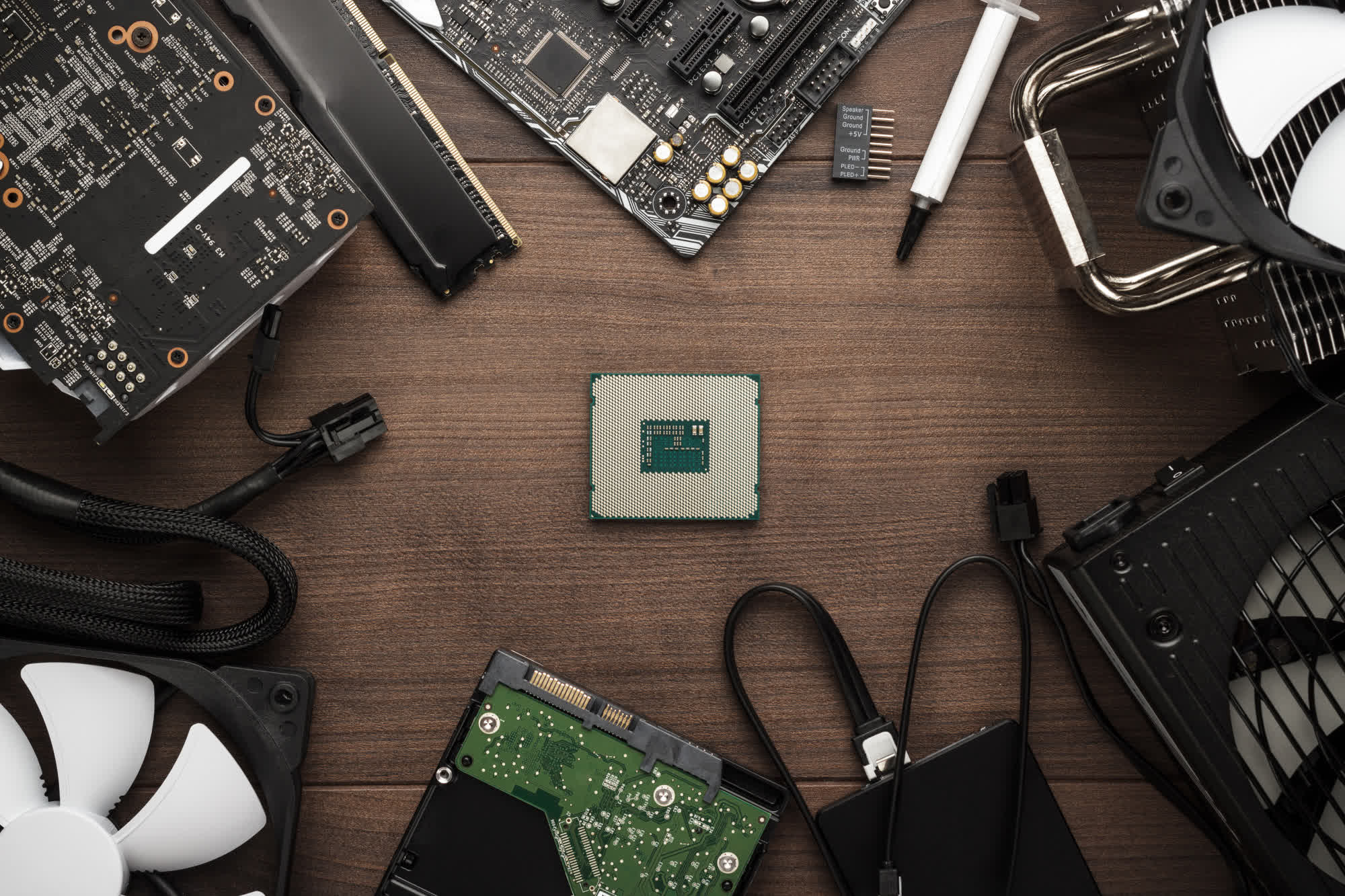In brief: PC sales are usually more modest in the first few months of any given year, and this time it will be no different. However, there are signs that the supply of essential components will slowly improve in the coming months, which could help manufacturers that are still struggling to meet demand from both consumers and enterprises.
The chip shortage is far from over. Intel CEO Pat Gelsinger believes it will last until next year, and industry insiders have similar predictions for passive components that are just as important in the process of manufacturing consumer and enterprise hardware.
The symptoms are clear, with Sony now making PlayStation 4 consoles to make up for PlayStation 5 shortages, Nintendo's Switch console being in short supply, and Nvidia re-launching RTX 20 and RTX 30 GPUs with more VRAM that don't have any chance of being remotely affordable or a good value for most gamers out there.

However, that doesn't mean it's all doom and gloom for the foreseeable future. GPU prices have stopped trending upward, and companies like Gigabyte, Asus, MSI, and ASRock are expected to see an increase in shipments throughout 2022. Intel has started shipping its first Arc Alchemist GPUs to OEMs, and no less than 50 laptops and desktops are expected to launch this year with these new graphics solutions inside.
According to TrendForce, material shortages for PCs actually started alleviating in November 2021, which is why laptop manufacturers like Razer are not shying away from equipping new models with DDR5 RAM. Retail availability is a different story, but things will likely improve as manufacturers improve capacity for components that are currently in short supply, such as power management integrated circuits (PMICs).

SSD controllers with a PCIe 3.0 interface are now in short supply, as are other components needed for Intel's Alder Lake platform. These components currently have a lead time of eight to 12 weeks, but the supply of Wi-Fi chips, USB-C controllers, and PMICs is slowly improving. Smartphone shipments may suffer in the coming months due to an insufficient supply of 4G modems as well as touchscreen and display driver ICs. Lead times for these components are between 20 to 40 weeks, mostly because of limited foundry capacity and reduced silicon output in China.
While this is not the most positive report on the state of the supply chain, it does bring some hope that things will improve a bit this year.
